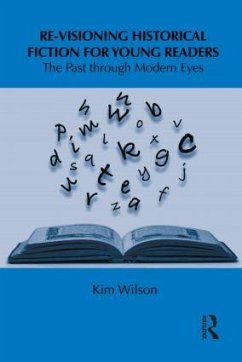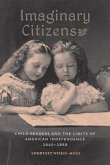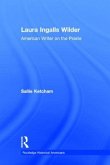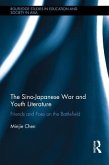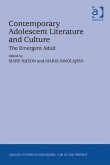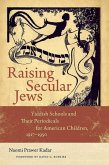This study is concerned with how readers are positioned to interpret the past in historical fiction for children and young adults. Looking at literature published within the last thirty to forty years, Wilson identifies and explores a prevalent trend for re-visioning and rewriting the past according to modern social and political ideological assumptions. Fiction within this genre, while concerned with the past at the level of content, is additionally concerned with present views of that historical past because of the future to which it is moving. Specific areas of discussion include the identification of a new sub-genre: Living history fiction, stories of Joan of Arc, historical fiction featuring agentic females, the very popular Scholastic Press historical journal series, fictions of war, and historical fiction featuring multicultural discourses. Wilson observes specific traits in historical fiction written for children ¿ most notably how the notion of positive progress into the future is nuanced differently in this literature in which the concept of progress from the past is inextricably linked to the protagonist¿s potential for agency and the realization of subjectivity. The genre consistently manifests a concern with identity construction that in turn informs and influences how a metanarrative of positive progress is played out. This book engages in a discussion of the functionality of the past within the genre and offers an interpretative frame for the sifting out of the present from the past in historical fiction for young readers.

